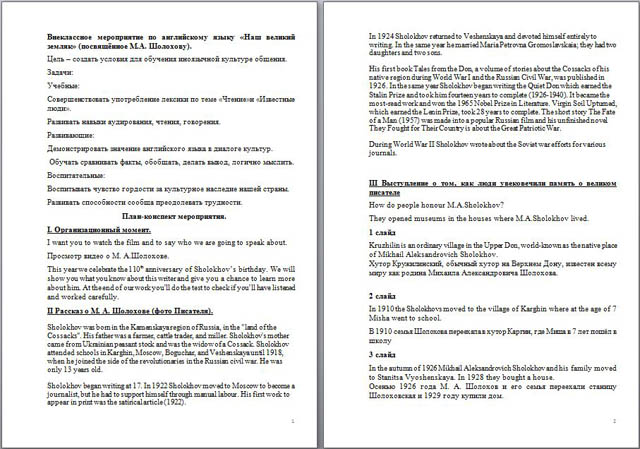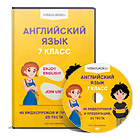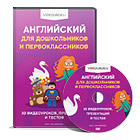Цель – создать условия для обучения иноязычной культуре общения.
Задачи:
Учебные:
Совершенствовать употребление лексики по теме «Чтение» и «Известные люди».
Развивать навыки аудирования, чтения, говорения.
Развивающие:
Демонстрировать значение английского языка в диалоге культур.
Обучать сравнивать факты, обобщать, делать вывод, логично мыслить.
План-конспект мероприятия.
I. Организационный момент.
I want you to watch the film and to say who we are going to speak about.
Просмотр видео о М. А.Шолохове.
This year we celebrate the 110th anniversary of Sholokhov’s birthday. We will show you what you know about this writer and give you a chance to learn more about him. At the end of our work you’ll do the test to check if you’ll have listened and worked carefully.
II. Рассказ о М. А. Шолохове (фото Писателя).
Sholokhov was born in the Kamenskaya region of Russia, in the "land of the Cossacks". His father was a farmer, cattle trader, and miller. Sholokhov's mother came from Ukrainian peasant stock and was the widow of a Cossack. Sholokhov attended schools in Karghin, Moscow, Boguchar, and Veshenskaya until 1918, when he joined the side of the revolutionaries in the Russian civil war. He was only 13 years old.
Sholokhov began writing at 17. In 1922 Sholokhov moved to Moscow to become a journalist, but he had to support himself through manual labour. His first work to appear in print was the satirical article (1922).
In 1924 Sholokhov returned to Veshenskaya and devoted himself entirely to writing. In the same year he married Maria Petrovna Gromoslavskaia; they had two daughters and two sons.
His first book Tales from the Don, a volume of stories about the Cossacks of his native region during World War I and the Russian Civil War, was published in 1926. In the same year Sholokhov began writing the Quiet Don which earned the Stalin Prize and took him fourteen years to complete (1926-1940). It became the most-read work and won the 1965 Nobel Prize in Literature. Virgin Soil Upturned, which earned the Lenin Prize, took 28 years to complete. The short story The Fate of a Man (1957) was made into a popular Russian film and his unfinished novel They Fought for Their Country is about the Great Patriotic War.
During World War II Sholokhov wrote about the Soviet war efforts for various journals.
III. Выступление о том, как люди увековечили память о великом писателе.
How do people honour M. A. Sholokhov?
They opened museums in the houses where M. A. Sholokhov lived.
1 слайд
Kruzhilin is an ordinary village in the Upper Don, world-known as the native place of Mikhail Aleksandrovich Sholokhov.
Хутор Кружилинский, обычный хутор на Верхнем Дону, известен всему миру как родина Михаила Александровича Шолохова.
2 слайд
In 1910 the Sholokhovs moved to the village of Karghin where at the age of 7 Misha went to school.
В 1910 семья Шолохова переехала в хутор Каргин, где Миша в 7 лет пошёл в школу
3 слайд
In the autumn of 1926 Mikhail Aleksandrovich Sholokhov and his family moved to Stanitsa Vyoshenskaya. In 1928 they bought a house.

Осенью 1926 года М. А. Шолохов и его семья переехали станицу Шолоховская и 1929 году купили дом.
4 Слайд
It is a typical Cossack ‘kuren” (house) built early in the XX century.
Это типичный казачий курень, построенный в начале ХХ века
5 слайд
In the house there is a sitting-room, the writer’s study and a room of his mother, Anastasiya Danilovna. In the study of M.A. Sholokhov the memorial things are collected: books, a writing-table with a desk-set, a kerosene lamp, a bookcase, an armchair, a sofa.
В бывшем кабинете М. А. Шолохова собраны мемориальные вещи: книги, рабочий стол с письменными принадлежностями, керосиновая лампа, книжный шкаф, кресло, диван.
6 слайд
The mansion was built in 1949 instead of the old pre-war house.
The house-museum is unique. Everything belonged to the Sholokhovs.
Особняк построен в 1949 году взамен старого довоенного дома.
Дом-музей уникален тем, что каждая вещь здесь подлинная, полностью сохранена вся обстановка, принадлежавшая семье Шолоховых.
7-11 слайд
On the ground floor there is a hall, a study and reception-room, a dining-room, where all the family gathered.
На первом этаже - прихожая, кабинет-приемная, столовая, где за столом собиралась вся семья.
Just here the writer created his second book of the novel Virgin Soil Upturned, the story The Fate of a Man, worked over the chapters of the novel They Fought for Their Country.
Именно здесь писателем была создана вторая книга романа «Поднятая целина», написан рассказ «Судьба человека», шла работа над главами романа «Они сражались за Родину».
12 слайд
M. A. Sholokhov died on February, 21, 1984. He was buried in the garden by his house on the high bank of the Don.
Шолохов скончался 21 февраля 1984 года. Похоронен писатель в саду возле своего дома, на берегу реки Дон.
13 слайд
Every year in Vyoshenskaya the Festivals “Vyoshenskaya Spring” are held in honour of M. A.Sholokhov. Here you can listen to wonderful Cossack songs.
Каждый год в станице Вёшенская в честь великого писателя проходит фестиваль «Вёшенская весна», где можно услышать казачьи песни.
(исполнение казачьей песни).
14 Слайд
In Vyoshenskaya there is a monument, which was built in honour of the great writer.
В станице Вёшенская возведён памятник великому писателю.
15 слайд
The famous Don sculptor N. V. Mozhaev created a number of sculptures dedicated to M. A. Sholokhov. “Grigoriy and Aksinya” monumental and decorative sculpture based on works by Mikhail Sholokhov is set on the bank of the Don River, in the centre of the village Vyoshenskaya.
Весь материал - в документе.

 Получите свидетельство
Получите свидетельство Вход
Вход












 Внеклассное мероприятие по английскому языку, посвящённое М.А. Шолохову «Наш великий земляк» (80.5 КB)
Внеклассное мероприятие по английскому языку, посвящённое М.А. Шолохову «Наш великий земляк» (80.5 КB)
 0
0 275
275 8
8 Нравится
0
Нравится
0


